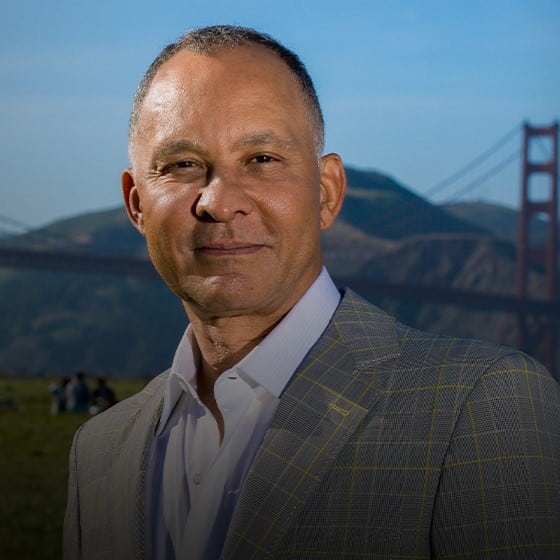Gynecomastia Scars after Male Breast Reduction Surgery

A disappointing result after gynecomastia surgery is poor quality gynecomastia scars after male breast reduction surgery. Many treatments can improve the quality of the incisions.
As with all surgeries, incisions that result in scars can not be avoided. Many factors go into the formation of a scar.
- Genetic predisposition – some people are programmed to form keloid or hypertrophic scars.
- Tension – a high amount of tension on the scar will create forces to pull at the incision and creates more scar tissue.
- Location of the scar – If the scar is on very mobile areas like the shoulder, chest, or knee the scar then to be much worse
- What is the scar due to – Is the scar injury formed by a control instrument like is scalpel or from a burn, crush injury, etc.
- Ethnicity – Pigment in the skin will create more color variation in the scar and sometimes surrounding the scar. The pigment melanin can play a significant role.
- Sun Exposure – early sun exposure can affect the skin pigment of the scar in the initial healing phase.
Gynecomastia Scar Characteristics
The gynecomastia scar is created in a unique hidden area. It is the lower half of the areola, where the areola and normal skin pigment meet. The incision is called a Webster incision. This surgical approach is the exact incision for breast augmentation!
The gynecomastia scar is not under skin tension as it heals, and this encourages proper quality healing. The pigment will vary from patient to patient, and another essential factor is the grade of gynecomastia or the size of the condition. The Webster incision can be very short and is determined by the size of the areola. If the gynecomastia’s grade is 2-or 3, the incision can be more traumatized by operating through a small incision with a lighted retractor. The stretching of the skin can affect the quality of the scar.
When will the scar be completely Healed?
The initial healing will take place in a few weeks. This is when the sutures are removed and the scar tissue has bonded the edges together. The final outcome is not seen for nearly a year. This is when the scar tissue has completely softened and the pigmentation is set for life.
How to Treat Poor Gynecomastia Scars?
It is unknown why some people are more susceptible to scar formation than others. Scars are a natural result of the body healing itself when there has been trauma to the skin. During the initial healing process, the body produces collagen fibers that will end up having a different texture than the surrounding skin. Sometimes the body will overproduce collagen, creating a buildup of tissue, resulting in a firm raised scar known as keloid or hypertrophic scars.
In many cases, it is not medically necessary to remove these benign scars. However, if they are noticeable, they may cause a lot of discomfort to the gynecomastia patient who wants to go shirtless after surgery.
There are several options available for scar removal, including; steroid injections, silicone sheet or gel therapy, and laser treatment, such as the non-invasive Palomar Icon Fractional Laser. The last option is very simple scar revision and under local anesthesia.
Having a Board Certified Plastic Surgeon who specializes in gynecomastia is your best bet for avoiding noticeable scars. Patient participation in preventing unsightly scars is crucial. Be sure to follow your doctor’s post-operative instructions that should include; avoiding direct sunlight for six months to a year. Sunlight is known for contributing to hypertrophic scars. Using silicon sheeting once the incisions have healed have proved to be very beneficial in scar prevention.
If you are struggling with unsightly scars after gynecomastia surgery, schedule a free consultation today (415) 898-4161 with Dr. Miguel Delgado, M.D. to find what options are available to you for removal.
